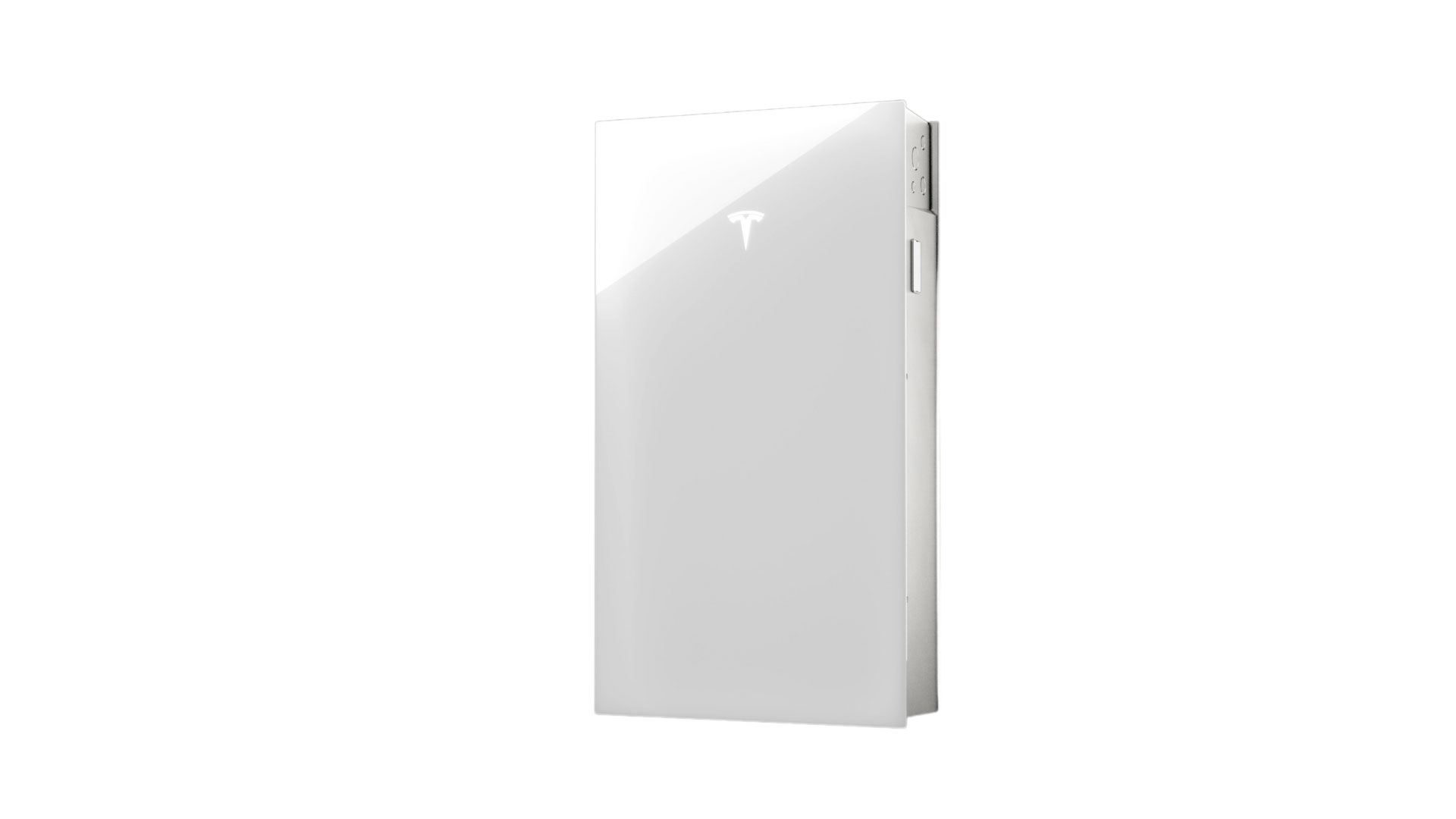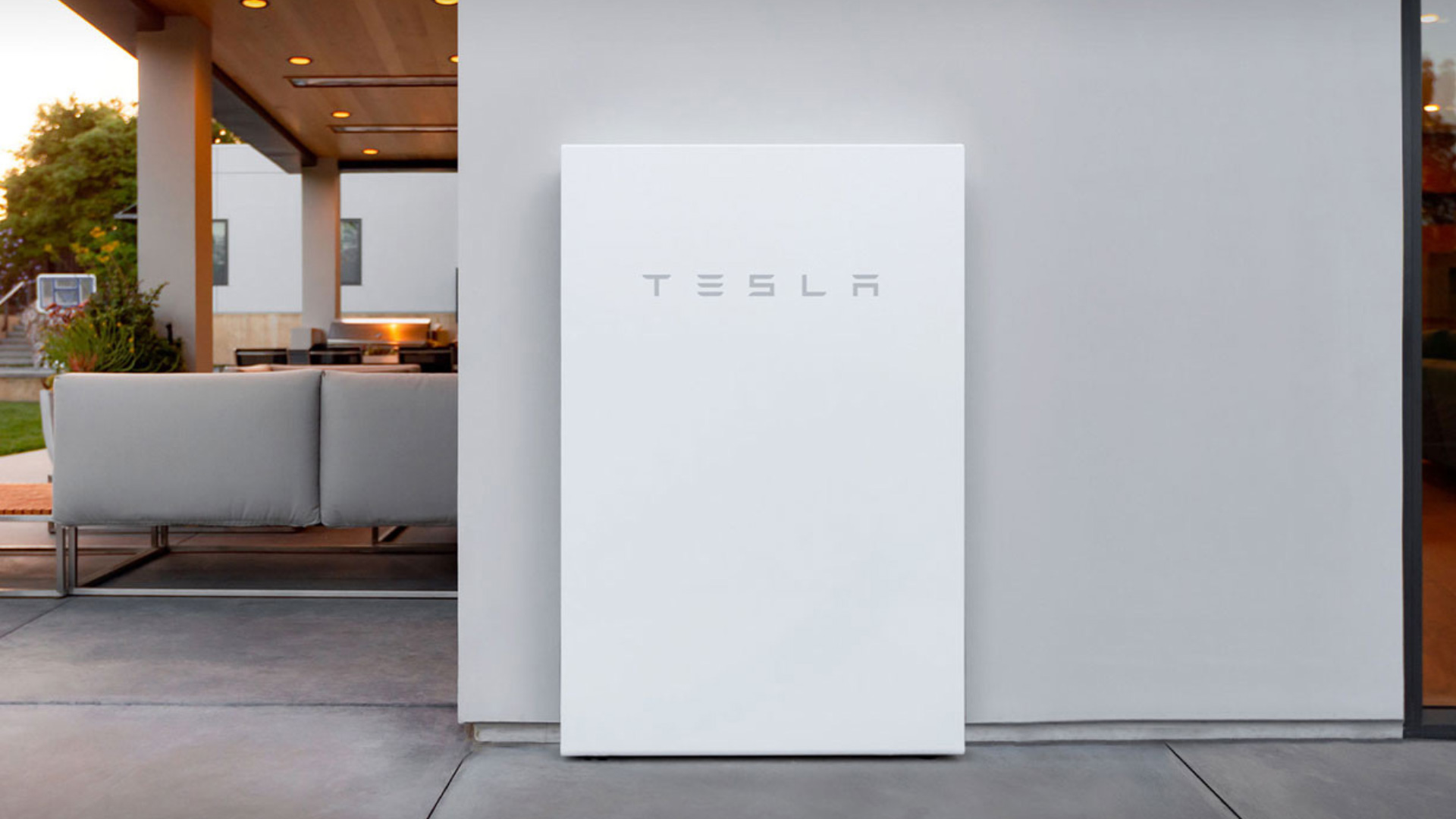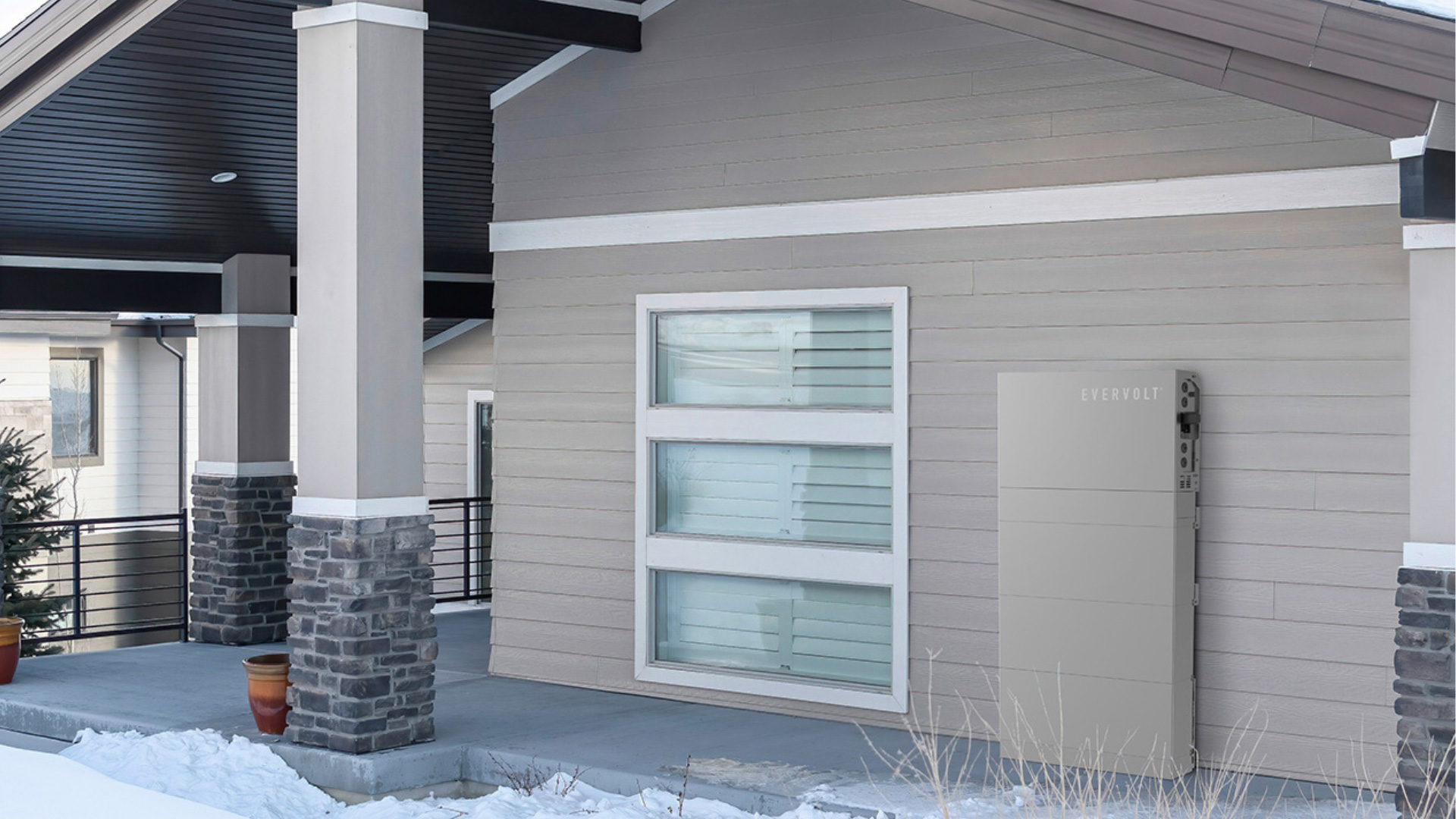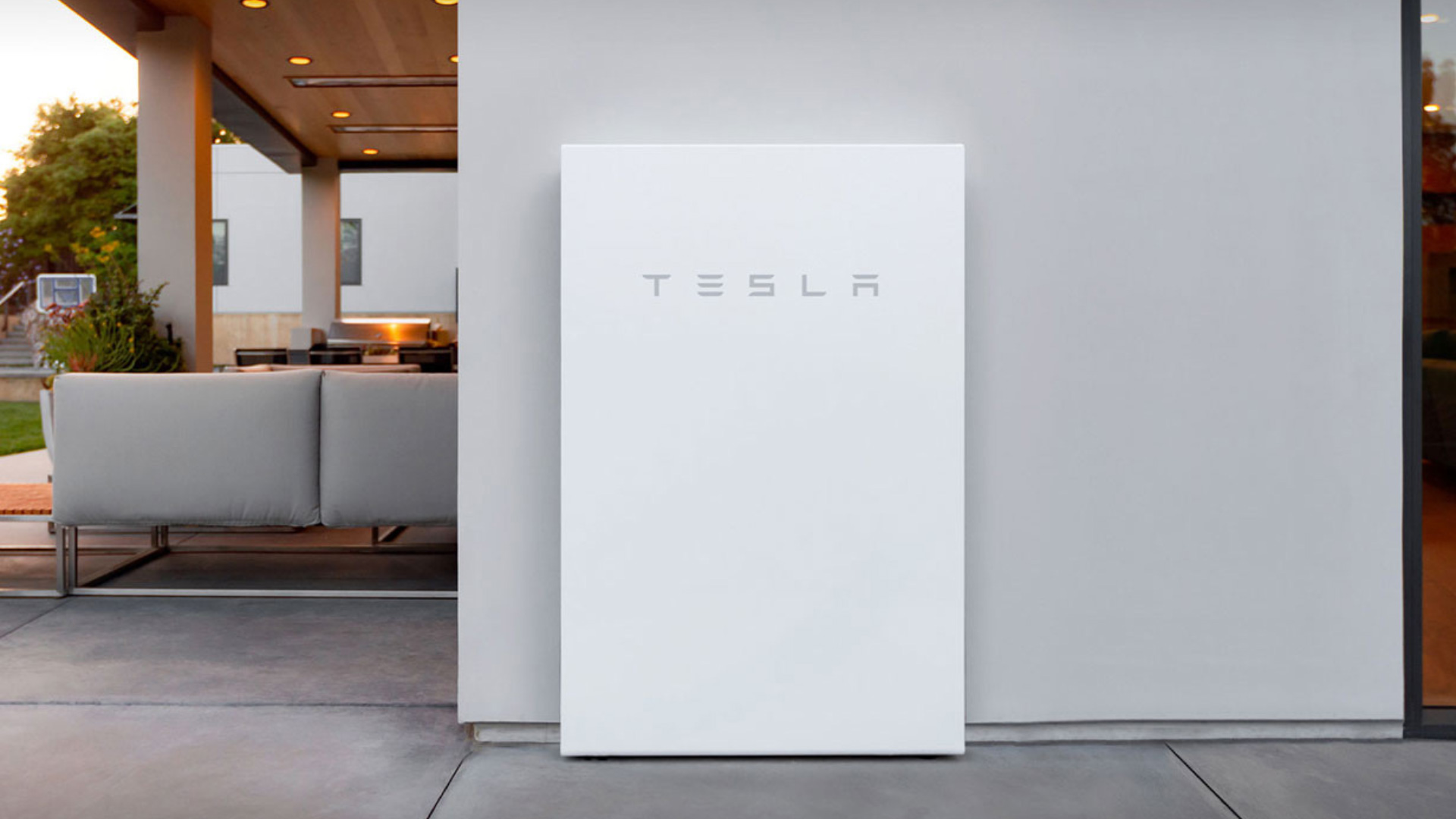Now more than ever, people have turned to solar usage and with that, thousands of customers have come to rely on the battery storage options like the Tesla Powerwall. As you consider your options, you may be wondering – what are the key differences between the Tesla Powerwall 3 vs 2? Let’s take a look.
On-Grid Power Amount
The Powerwall 2 is a 13.5 kWh capacity rechargeable lithium-ion battery. With a 7 kW peak, it also has 5 kW continuous power and can hold 12.2 kWh of usable capacity, maintaining a 10% reserve. That way, if there is a power outage, there is enough power to turn on the solar and get the battery recharged. When it comes to the Tesla Powerwall 3, the on-grid power amount is 11.5 kW continuous, a significant increase that can provide your home with even more power.
Backup Power
The amount of power stored is determined by the energy capacity, and while Powerwalls 2 and 3 are both pretty impressive, they vary a bit. The Powerwall 2 provides a 10 kW peak, 106A LRA motor start. Comparably, the Powerwall 3 has an upgrade to 11.5 kW continuous, 150 LRA motor start, giving it a slight edge over its predecessor.
Power Capabilities
Both can be used for various types of backup protection. A single Powerwall 2 can be used to power lights, outlets and emergency circuits, providing backup for the entire home. A single Powerwall 3 can be used for wells, pool equipment, EV chargers, water heater, most air conditioning and heating pumps and laundry. The newer model has increased its surge capacity, however, it does not stretch the duration. While more can be managed during an outage, the loads should still be carefully managed.
Built-In Inverter
Unlike the Powerwall 2, the Powerwall 3 has a major distinguishing feature a fully integrated solar inverter with a capacity to handle up to six solar inputs, facilitating high-efficiency direct solar connections. This further enhances the commitment to clean energy, making it an excellent choice.
Round-Trip Efficiency
The standard round-trip efficiency for lithium-ion batteries is 90% or higher. Notably, the round-trip efficiency for the Tesla Powerwall 2 is 90%, meaning that 10% of the electricity will get lost along the way to the battery for storage. The round-trip efficiency of the Powerwall 3 comes in higher at 97.5%, due to the built-in inverter. This means that the system can retain more power than any other major battery on the market.
Dimensions and Weight
The two battery storage options are similar in size. The Powerwall 2 has a height of 45.3 inches, a width of 29.6 inches, a depth of 7.6 inches and a weight of 251.3 pounds. Always make sure that there is sufficient clearance around the wall before the Powerwall is installed, and make sure that the wall is sturdy enough to handle weight as well. As for the Powerwall 3, it’s 43.25 inches in height and has a width of 24 inches. Measuring just under 20 cm in depth, it weighs 287 pounds.
Enjoy the Benefits of the Tesla Powerwall
It’s easy to see that Tesla’s Powerwall is quite impressive with all it offers. When choosing between the two options, it’s vital to know the key differences to determine which is best for your household. Contact us to learn more about how the Tesla Powerwall battery storage options can help you make the most of your solar system, or download our Battery Buyers Guide.






